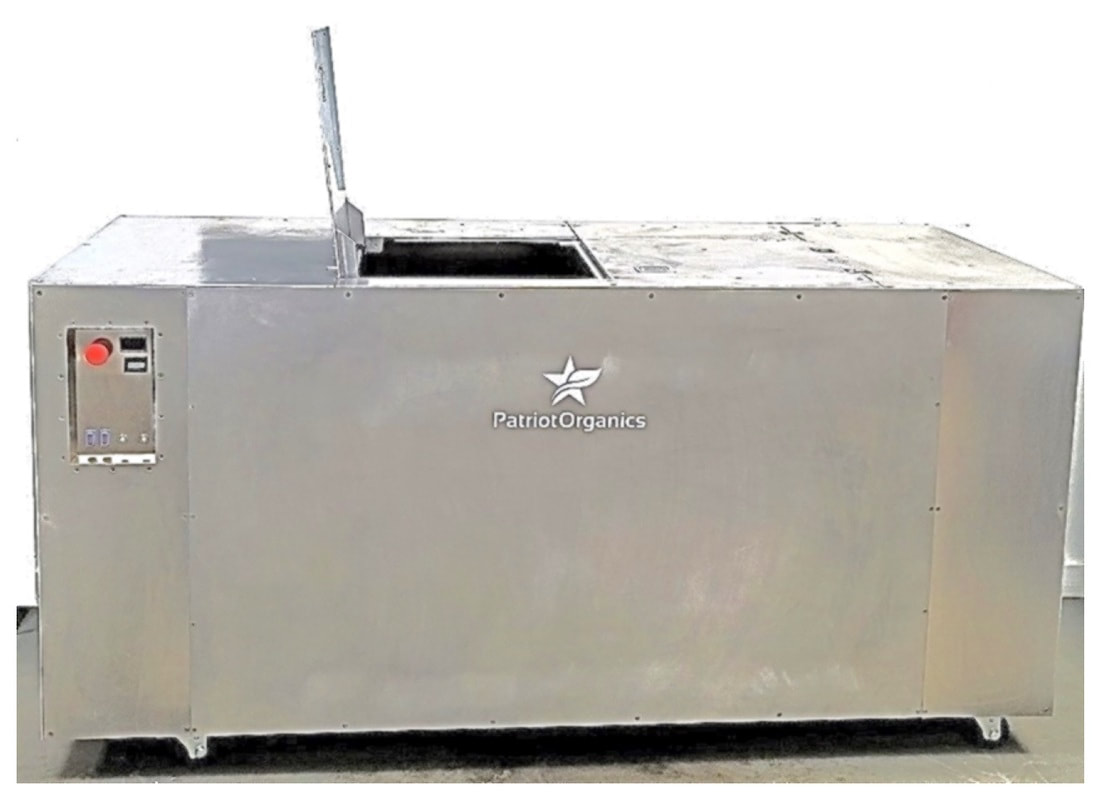What can go in the digester?
Ralph can process all types of food waste including:
|
• Crustaceans
• Left over table scraps • Compostable dinnerware |
• Whole fruits & veggies
• Nuts • Meat, Fish & their Bones |
Food Waste Digester: ‘Ralph’
Ralph: A fully automated enclosed machine that efficiently processes 1,600 pounds of food waste daily, converting it into an environmentally friendly liquid output that can be safely discharged down the drain or used as a beneficial soil amendment. Ideally placed at waste generation points such as the back of a kitchen, Ralph offers a practical, cost-effective and sustainable alternative to traditional waste disposal methods.
How It WorkS
Continuous Operation: Add food waste at any time throughout the day by opening the door, putting in the waste, and closing the door. Ralph is fully automatic and takes care of the rest.
Digestion Process: Inside the machine we’ve already added our proprietary microbial mixture to accelerate digestion. A minimal amount of water is delivered to the processing chamber while the old food, new food, oxygen, and microbes are constantly being mix through Patriot’s unique auger system. Within 24 hours the food waste is broken down into a liquid which is then filtered through a fine mesh screen and exits the machine.
Digestion Process: Inside the machine we’ve already added our proprietary microbial mixture to accelerate digestion. A minimal amount of water is delivered to the processing chamber while the old food, new food, oxygen, and microbes are constantly being mix through Patriot’s unique auger system. Within 24 hours the food waste is broken down into a liquid which is then filtered through a fine mesh screen and exits the machine.
Easy OperatioN
Ralph is "plug and play", with built-in safety precautions that require minimal intervention from the operator. Just load the food waste whenever convenient. The microbial mix is included with the machine & rarely needs replenishment.
Installation & System RequirementS
Ralph has casters for easy positionin; requires a cold-water input, single phase power source, and access to a drain or space for an IBC container for liquid output. The unit is typically located in the back of the kitchen or near waste generation but can also be placed outside. This reduces costs and eliminates odor, leaks, and pests associated with the use of dumpsters and bins.

